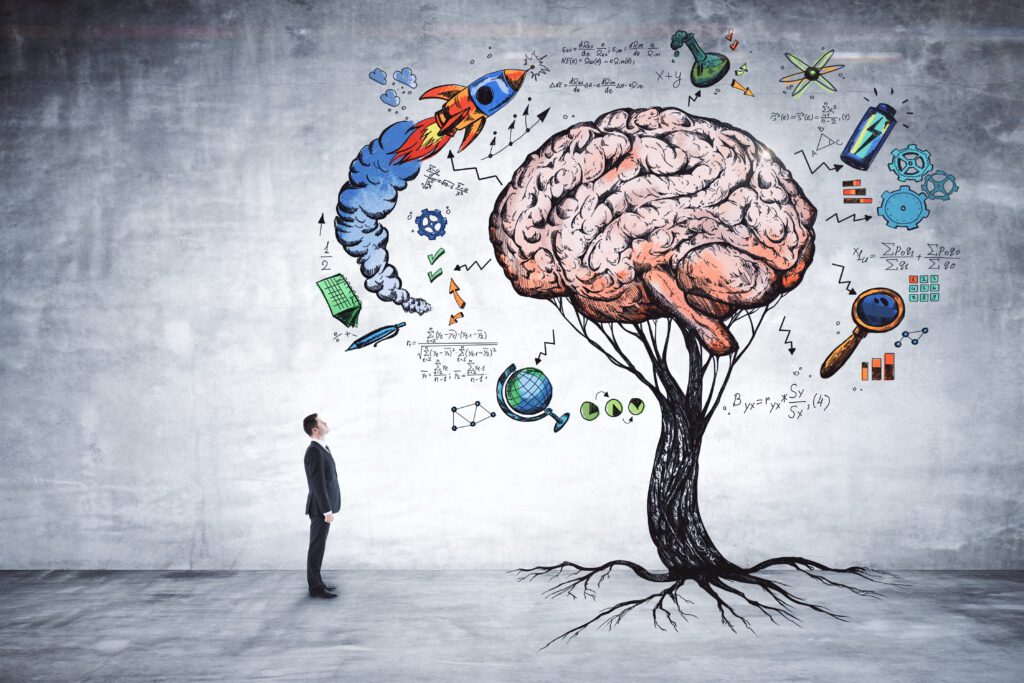Lucid dreaming is a state of consciousness in which a person is aware they are dreaming while they are still asleep. This allows them to take control of their dreams and shape them to their desires. The concept of lucid dreaming has been gaining more popularity in recent years and is being studied by scientists and researchers, who have identified various techniques to induce this state.
One such technique is known as MILD (mnemonic induction of lucid dreams), which was developed by Stephen LaBerge, a prominent researcher in the field of lucid dreaming. MILD involves repeating the phrase “next time I’m dreaming, I want to remember that I am dreaming” before falling asleep, along with visualizing a successful lucid dream experience. This helps to increase the chances of having a lucid dream and improving dream recall.
Another technique known as WBTB (wake-back-to-bed) involves waking up in the middle of the night, staying awake for a brief period, and then returning to sleep. This method is based on the idea that the brain is more susceptible to lucid dreaming during the hypnagogic state (the transition from wakefulness to sleep). By waking up and staying awake for a while, you can increase the chances of inducing a lucid dream.
The third most common technique is “reality testing” or “reality checking,” where you observe objects in your environment for anything unusual to see whether or not you’re in a dream. This includes looking at clocks, looking at your hands, or walking through a doorway, touching it, and asking yourself if you’re dreaming. This method can lead to a dream-initiated lucid dream (DILD), where lucidity is achieved within the dream state. An intense dream is more likely than a vague or dull dream to lead to a DILD.
Buddhism also recognizes the concept of lucid dreaming and believes that it can be used as a tool for spiritual growth and self-awareness. In Buddhism, lucid dreaming is seen as a means of overcoming illusions and reaching a higher state of consciousness. To learn more about this, read Dreaming Yourself Awake: Lucid Dreaming and Tibetan Dream Yoga for Insight and Transformation by B. Alan Wallace.
Astral projection is another related concept that involves the separation of one’s consciousness from the physical body. While astral projection and lucid dreaming are often discussed together, they are not the same thing. Lucid dreaming involves being aware of the dream state and taking control of it, while astral projection involves leaving the physical body and exploring other realms.
In conclusion, lucid dreaming is a fascinating and empowering state of consciousness that can be induced through techniques such as MILD and WBTB. It is being studied by scientists, recognized by Buddhism as a spiritual tool, and has the potential to offer numerous benefits to those who learn how to master it.
Generated by ChatGPT, with edits and additions



